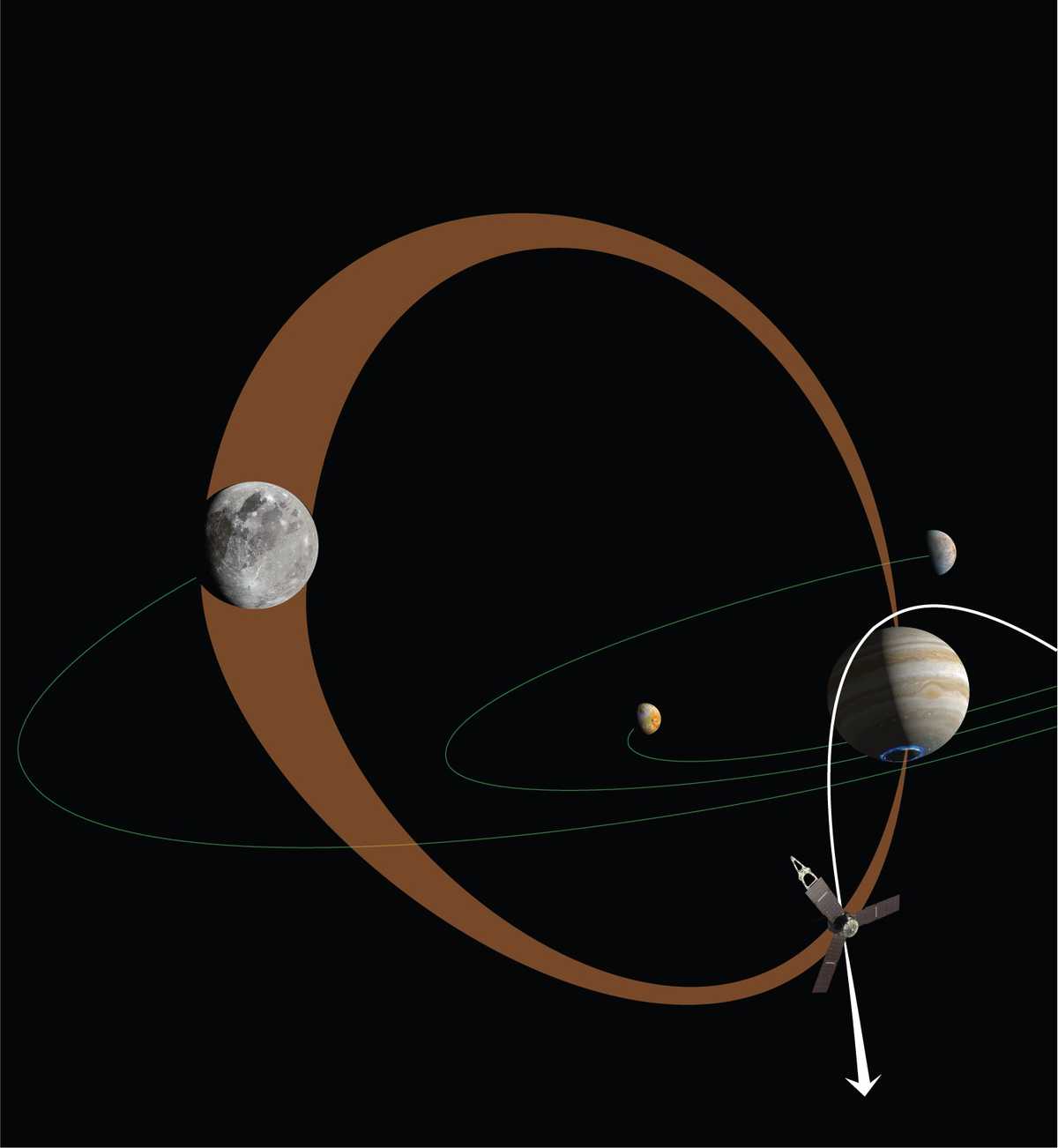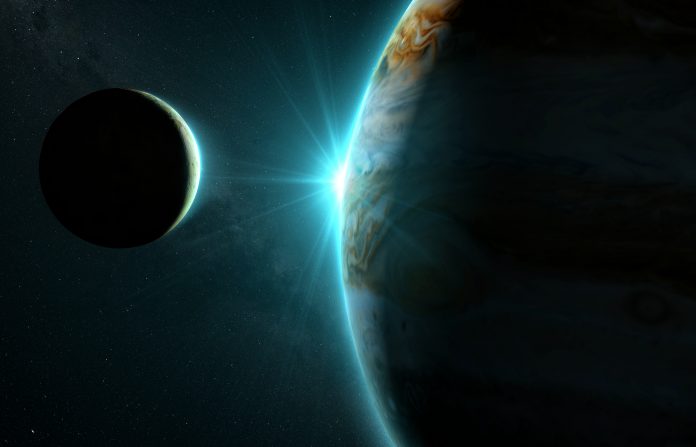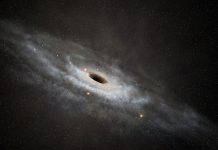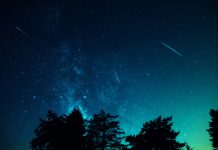Scientists discover clues about what causes Jupiter’s auroral footprints and shimmering lights in space
November 8, 2020 saw NASA’s Juno spacecraft fly through a beam of electrons travelling from Ganymede – Jupiter’s largest moon to its auroral footprint on the planet
Using data from the spacecrafts payload, Southwest Research Institute Scientists were able to study the particle population traveling along the magnetic field line connecting Ganymede to Jupiter – whilst simultaneously using remote sensors to understand the process behind the shimmering lights.

What are Auroral footprints?
Io, Europa, Ganymede, and Callisto, were the first objects to be discovered orbiting a planet other than earth, they are the four Galilean moons that orbit Jupiter.
Lead author Vincent Hue outlines that ‘Jupiter’s most massive moons each create their own auroras on Jupiter’s north and south poles.’
The moon Ganymede produce bright spots in Jupiter’s auroras. The bright spots – called footprints by scientists – are well known and have been observed for decades. The spots correspond to magnetic field lines connecting Jupiter’s ionosphere with the moons.
“Each auroral footprint, as we call them, is magnetically connected to their respective moon, kind of like a magnetic leash connected to the moon glowing on Jupiter itself,” said Hue
Just like on earth, Jupiter experiences auroral light around its polar regions, as particles from its massive magnetosphere interact with molecules in the Jovian atmosphere. Jupiter’s however when compared to earth experiences much more intense, according to scientists Jupiter’s largest moons also create auroral spots.
Circling Jupiter for information
Led by SwRI’s Dr Scott Bolton, the Juno Mission is circling Jupiter in a polar orbit and flew through the electron “thread” connecting Ganymede with its associated auroral footprint.
“Prior to Juno, we knew that these auroral emissions can be quite complex, ranging from a single auroral spot to multiple spots, which sometimes trail an auroral curtain that we called the footprint tail,” said Dr. Jamey Szalay, co-author from Princeton University. “Juno, flying extremely close to Jupiter, revealed these auroral spots to be even more complex than previously thought.”
Ganymede is the only moon in our solar system that has its own magnetic field. Its mini-magnetosphere interacts with Jupiter’s massive magnetosphere, creating waves that accelerate electrons along the gas giant’s magnetic field lines, which can be directly measured by Juno.
Using UVS and JADE to uncover Jupiter’s secrets
Two SwRI-led instruments on Juno, the Jovian Auroral Distributions Experiment (JADE) and the Ultraviolet Spectrometer (UVS) provided key data for this study, which was also supported by Juno’s magnetic field sensor built at NASA’s Goddard Space Flight Center.
“JADE measured the electrons traveling along the magnetic field lines, while UVS imaged the related auroral footprint spot,” said SwRI’s Dr. Thomas Greathouse, a co-author on this study.
Due to this, Juno has the ability to measure the electron “rain” and then immediately observe the UV light it creates when crashing into Jupiter.
Previous Juno measurements showed that large magnetic perturbations accompanied the electron beams causing the auroral footprint. However, this time, Juno did not observe similar perturbations with the electron beam.
The impact of understanding Jupiter’s Auroral footprints
“If our interpretation is correct, this a confirmation of a decade-old theory that we put together to explain the morphology of the auroral footprints,” said Dr. Bertrand Bonfond, a co-author of the study from the Liège University in Belgium. The theory suggests that electrons accelerated in both directions create the multi-spot dance of auroral footprints.
“The Jupiter-Ganymede relationship will be further explored by Juno’s extended mission, as well as the forthcoming JUICE mission from the European Space Agency,” Hue said. “SwRI is building the next generation of UVS instrumentation for the mission.”











